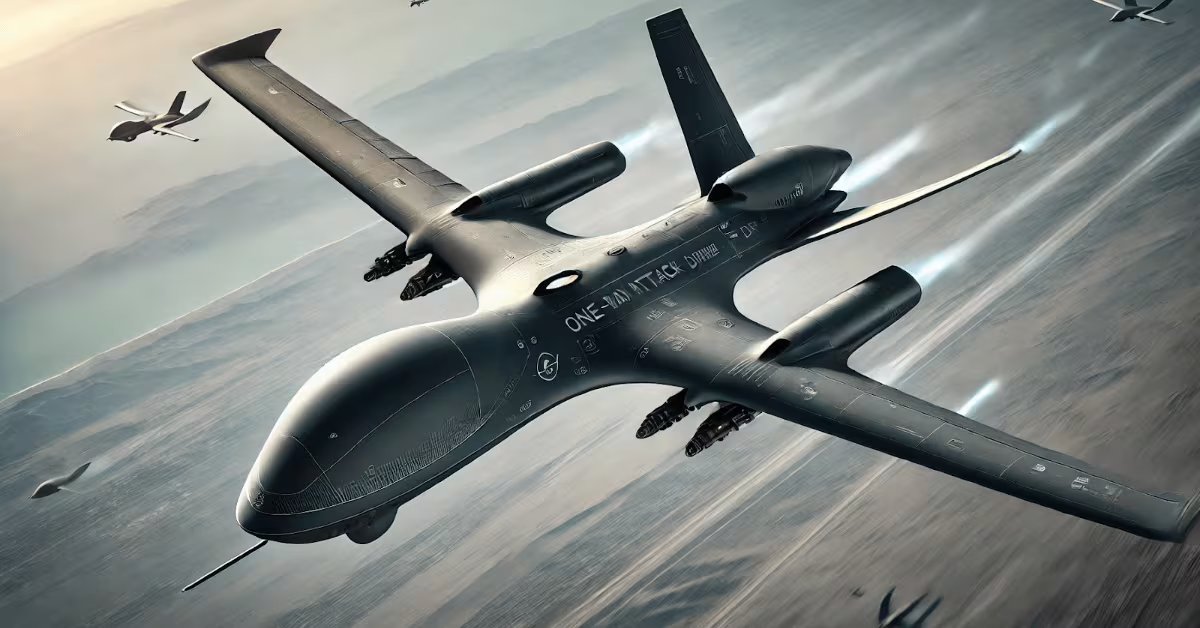ROME — A fleet of European warships now forming in the Mediterranean to confront take on people smugglers is due to grow from four to nine or 10 vessels in coming weeks and will start operations on Oct. 7, officials involved in the coalition have said.
One new vessel joining the flotilla is the Royal Navy's HMS Richmond, a Type 23 frigate carrying one Lynx helicopter and a ScanEagle surveillance drone, as well as a contingent of Royal Marines.
It will join the HMS Enterprise, a survey ship equipped with a Merlin helicopter, as well as a German supply ship and a German frigate, the Schleswig-Holstein, and the command vessel Cavour, an Italian carrier on which 70 multinational staff are running the Italian-led operation.
Known as EUNAVFOR MED, the European Union operation is now backed by 22 countries, includes aircraft and is run out of a headquarters in Rome, with an overall staff of 1,318.
Conceived in April after a migrant vessel capsized, leaving with the loss of about 800 lives dead, the mission has been gathering intelligence over the summer about the methods and movements of traffickers who have moved 121,725 migrants and refugees to Italy from Libya and, to a lesser extent, from Egypt this year.
Speaking at the Rome headquarters on Sept. 24, the European Union’s EU foreign policy head, Federica Mogherini, acknowledged that the sailings across the Mediterranean have been "overshadowed" by the surge in Syrian refugees making the shorter sea crossing from Turkey to the Greek islands this year before they heading north through Macedonia, Serbia and Hungary to make new lives in Germany.
Mogherini pointed out that wWhile the numbers attempting the Balkan route to Europe now outnumbered those attempting the sea route from Libya, Mogherini said, the latter route remainsed far deadlier, with 2,620 dying so far this year, 2.2 percent of all those setting out.
Nor have the crossings slowed, with another 4,000 being rescued during the weekend of Sept.Oct. 19. Traffickers have recently been packing so many migrants into the holds of fishing boats that on more than one occasion they have suffocated. Traffickers have also loaded migrants into inflatables that are so poorly made they melt in the sun, deflating and sending passengers to their deaths.
Throughout this year, Italian coast guard vessels, European Navy vessels from European navies contributing to the EU Frontex operation and passing cargo vessels have been picking picked up migrants making the risky crossing, while the four EUNAVFOR MED vessels have also stepped in to help, saving 2,186 migrants in 11 different operations.
Often, traffickers piloting the boats mingle with refugees when they are picked up but are frequently identified by Italian police and arrested. Police in Pozzallo, Sicily, have arrested 98 traffickers this year, discovering that 80 percent of traffickers piloting wooden boats are Tunisian and are paid up to $3,000 to make the trip. , but trafficking bosses.
Mogherini has said the second phase of the EUNAVFOR MED operation, starting on Oct. 7, would involve the interception and seizure of the vessels used by traffickers to escort the migrant vessels out of Libyan waters, which have hitherto not been targeted. SheMogherini said that EUNAVFOR MED vessels have spotted 20 such support vessels to date.
Such vessels shadow wooden fishing boats carrying migrants to the point where the migrants are rescued, hoping to recover the empty vessel, take it back to Libya and use it again. The need to recycle boats has increased as hundreds of vessels are bought up on the North African coastline by traffickers, creating a shortage.
Often, when coast guard or nNavy vessels make the rescue, the migrant ships are sunk by sailors to avoid prevent them becoming obstacles for other shipping. But when passing merchant ships make the rescue, they often do not sink the migrant ship, after picking up the migrants, leaving them to drift, said Adm. Enrico Credendino, the Italian head of the EUNAVFOR MED.
"The traffickers have spotters who look out for cargo ships and try to steer the migrants into their path, in the hope that they can recoup the vessel for another run," he said. "Those are the people we can go after."
As the summer ends and winter weather approaches, the operation will have to speed up to make an impact before sailings halt for the season.
A third phase of the operation, which involves entering Libyan waters and even taking on traffickers on Libyan beaches, has been put off until Libya approves — currently an unlikely approach since the country does not have a unified government.
But in the meantime, the naval coalition may need to chase traffickers opening up new routes. Instead of focusing on getting boats to Italy, traffickers in Libya and Egypt, but also in Turkey, have been trying in the last two months to send wooden boats as far as Albania and Montenegro, where they can land without being spotted, law enforcement officials have said.
Email: tkington@defensenews.com
Tom Kington is the Italy correspondent for Defense News.








